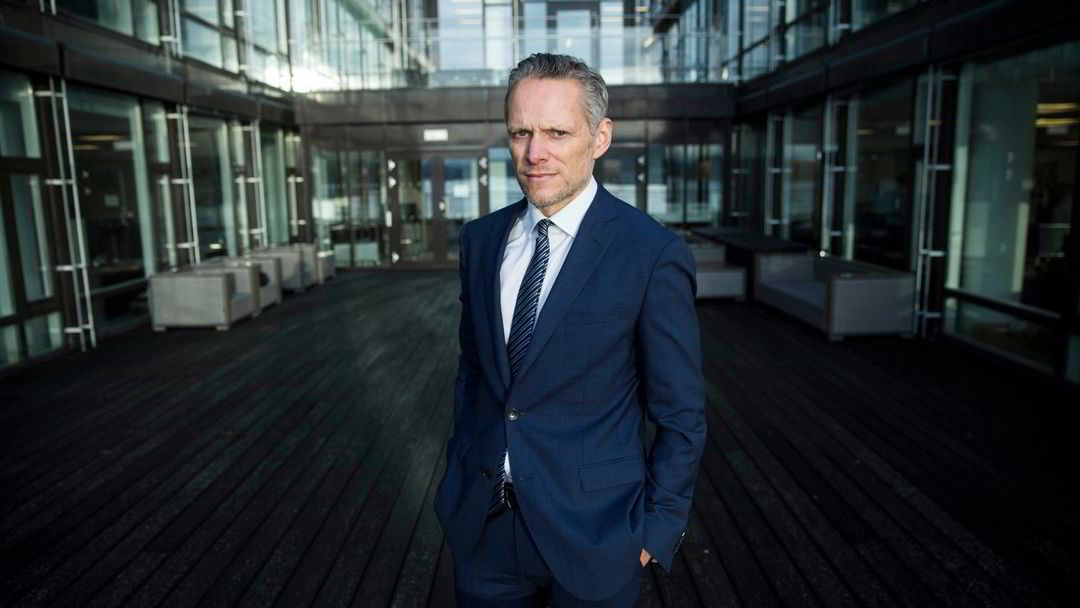–
The main index on the Oslo Stock Exchange rises around one and a half percent on Wednesday afternoon, and thus continues the rise for the third day in a row.
Elsewhere in Europe, however, there are red arrows as the Euronext 100 in France, the Frankfurt DAX and the broad Stoxx Europe 600 index are all gently down a few hours before closing time.
Developments in Europe on Wednesday come after the leading indices on Wall Street continued to rise on Tuesday, led by the technology-heavy Nasdaq index, which rose almost three percent.
– It is not unnatural that the Oslo Stock Exchange opens up, said Christian Lie at the consulting and management company Formue, to DN after opening on the Stock Exchange on Wednesday.
Unsearchable markets
After a mixed development in Asia on Wednesday night, where the stock market indices in Japan, South Korea and Australia were slightly up, while both China and Hong Kong were slightly down, the signals from the largest European markets were that they will open up a little on Wednesday.
–
And the Oslo Stock Exchange accelerated from the start at 0900. After a few minutes, the main index was up almost two percent. Half an hour later, the rise was moderated somewhat to 1.2 percent.
Christian Lie describes the stock markets as unfathomable and says he “has actually given up predicting the short-term stock market development”.
– But we have seen historically that after a long period of bad mood, there are often small positive signals before the mood turns. But we must keep in mind that this is not fundamentally new. Few of the drivers who pulled the markets down have turned in a definite positive direction. We still have a significant monetary tightening ahead of us. The central bank governors have also pointed out that it can be challenging to control inflation without negative ripple effects on the economy, he says.
Pessimism
On Wednesday morning, inflation figures for April in the UK came in at nine per cent last year, somewhat lower than expected.
– The atmosphere on the stock exchanges is very fragile. If, for example, there are negative inflation signals, it can affect stock market developments. We have seen that the mood among many investors has become very pessimistic. Many private investors have begun to sell out of equity funds and large hedge funds have significantly reduced their exposure to equities, says Lie.
– At the same time, it seems that the markets are pricing in that there is a greater probability of recession than of stagflation, he says.
Stagflation means that growth weakens at the same time as inflation remains high and pushes up interest rates.
– Among other things, long-term interest rates have fallen somewhat. This indicates that the markets are beginning to price in that you do not need to raise interest rates as much as we might have imagined a few weeks ago.(Terms)Copyright Dagens Næringsliv AS and / or our suppliers. We would like you to share our cases using a link, which leads directly to our pages. Copying or other use of all or part of the content may only take place with written permission or as permitted by law. For additional terms look here.
–


